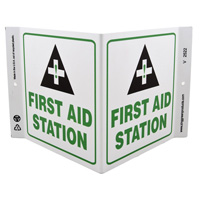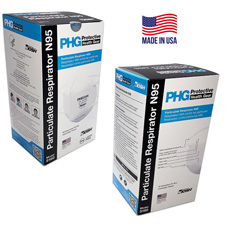| The Home page of ILPI's Safety Data Sheet (SDS) Resource, the leader in SDS information since 1995! | |
| The history and philosophy behind this resource. | |
| A curated collection of books and reference materials concerning Safety Data Sheets and closely related topics. | |
| Paste your plain text SDS into the SDS-Demystifier, and it will be converted into a hypertext-enriched document with links to detailed explanations of each key term. | |
| An extensive list of frequently asked questions about Safety Data Sheets including regulations, content, compliance, and more. | |
| A humorous take on Safety Data Sheet jargon. Fill in the blanks on our entry form to generate a personalized Unsafety Data Sheet to share with your coworkers. | |
| Since 1995, we've maintained this massive curated list of the best places to find Safety Data Sheets on the Internet. | |
| You are here! Way more than a glossary, this hypertext-enhanced resource covers hundreds of SDS-related terms and expert knowledge. Each entry includes both the SDS relevance and links to additional authoritative resources. | |
| Archived results of Safety Data Sheet related polls taken by some of our millions of site visitors | |
| The OSHA regulations behind SDS regulations, including the inspection guidelines and over 400 official interpretations letters under the Hazard Communication Standard | |
| Commercial suppliers of SDS authoring and management software as well as cloud compliance services. | |
| Commercial companies that will create SDS's for your specific needs as well as SDS translation companies. |

Safety signs, banners, and scoreboards? Get yours at Safety Emporium!

We have all kinds of safety wall signs at Safety Emporium.
Definition
Phlegm is an abnormally large amount of thick, viscous or stringy mucous in the respiratory system (lungs and throat) and/or digestive passages.
Additional Info
Phlegm is a general symptom of respiratory infections such as the common cold, or bronchitis. As described below, it can also be a symptom of respiratory irritation.
SDS Relevance
This term usually appears in Section 11 (toxicological information) of a Safety Data Sheet as a symptom of inhalation. Respiratory irritation by chemical dusts or vapors in the workplace can cause or increase the formation of phlegm. The best way to limit exposure to such materials is substitution of a safer or less irritating substance. If that's not possible, engineering controls such as ventilation are the next step to consider as they will protect all workers. Finally, personal protective equipment such as a dust mask or respirator can protect individual workers.
Further Reading

Get your PPE such as made in USA NIOSH-approved N95 masks from Safety Emporium.
- What Is Phlegm? as well as An Overview of Excess Mucus Production at Verywell Health.
- Phlegm and Mucus: How To Get Rid of It at the Cleveland Clinic.
- Reasons for coughing up phlegm without feeling ill at MedicalNewsToday.
- Visit the The American Lung Association.
- Chronic cough and phlegm in relation to occupational exposures in a prospective cohort study (ECRHS III) from Eur. Respiratory J., 2015, 46, PA349.
- Chronic cough due to occupational factors from J. Occup. Med. Toxicol., 2006, 1, 3.
- Chemical Pneumonia at WebMD.
- Occupational and Environmental Contributions to Chronic Cough in Adults from Chest J., 2016, 150(4), pp 894-907.
See also: bronchitis, emphysema, irritant.